The Complex Anatomy of a Tooth Unraveled


Understanding Tooth Anatomy
A tooth is a complex structure made up of various parts, each serving an essential function. Understanding the anatomy of a tooth helps in appreciating how teeth function and the importance of maintaining oral health.
The Basic Structure of a Tooth
The basic structure of a tooth consists of several key components:
ComponentDescriptionCrownThe visible outer part of the tooth.RootAnchors the tooth to the jaw, below the gum line.CementumA tissue covering the root, aiding in attachment to the periodontal ligament.Periodontal LigamentConnects the tooth root to the jawbone, enabling slight movements.
According to Colgate, the key components of a tooth include enamel, dentin, pulp, and cementum. Each of these parts plays a vital role in the overall health and functionality of teeth.
The Different Layers of a Tooth
Teeth consist of multiple layers, including:
LayerFunctionEnamelProtects the tooth from damage and sensitivities.DentinSupports enamel and transmits sensations to the pulp.PulpContains nerves and blood vessels for nourishment and sensation.CementumAnchors the tooth root to the jawbone through the periodontal ligament.
The anatomy of a tooth is essential for its function and health. Maintaining these structures through good dental hygiene can prevent issues such as decay and sensitivity. For additional insights, readers can explore topics related to how to deal with tooth pain and can you reverse tooth decay?.

Exploring Tooth Pulp
The tooth pulp is a critical component of the dental structure, playing essential roles in the health and function of teeth. Understanding its significance helps illuminate the intricate details of the anatomy of a tooth.
The Vital Role of Tooth Pulp
Tooth pulp is the living part of a tooth, featuring a jelly-like consistency enriched with blood vessels, nerves, and connective tissue such as collagen and ground substances. The primary functions of tooth pulp include:
FunctionDescriptionDentin FormationProduces dentin through odontoblasts, crucial for tooth structureNutritionSupplies nutrients to maintain tooth vitalitySensationAlerts to pain and temperature changes, aiding in protection
Functions of Nerves in Tooth Pulp
The tooth pulp contains two primary types of nerves: autonomic and afferent fibers. These nerves play specific roles in dental health.
As a person ages, the pulp may undergo changes that lead to nerve death, making the teeth often less sensitive and painless. This condition is characterized by modifications in odontoblast morphology and an increase in fibrosis and collagenous fibers.
Understanding these roles of tooth pulp can help in recognizing various dental conditions such as pulpitis, which can manifest as reversible or irreversible inflammation causing pain and sensitivity. For individuals experiencing severe tooth pain, exploring solutions such as how to deal with tooth pain may be beneficial. Additionally, it is important to consider proper dental care to prevent pulp-related issues, and it's helpful to know if teeth can repair themselves through can teeth repair themselves naturally?.

Conditions Affecting Tooth Pulp
The health of tooth pulp is vital to the overall integrity of a tooth. Two primary conditions that can affect tooth pulp are pulpitis and pulp necrosis. Understanding these conditions can help in taking necessary preventive measures and seeking timely treatment.
Pulpitis: Reversible vs. Irreversible
Pulpitis is the inflammation of the tooth pulp, which is alive and contains essential components such as blood vessels, nerves, and connective tissue. There are two forms of pulpitis: reversible and irreversible.
Type of PulpitisCharacteristicsTreatment OptionsReversible PulpitisMild inflammation, pain associated with tooth decayPulp cap and fillingIrreversible PulpitisSevere, lingering pain, can lead to pulp necrosisRoot canal therapy or tooth extraction
Reversible pulpitis is generally caused by tooth decay and can be treated effectively to relieve symptoms. In contrast, irreversible pulpitis leads to significant discomfort and, if left untreated, can progress to tooth pulp death. For more information on managing tooth pain, visit how to deal with tooth pain.
Dealing with Pulp Necrosis
Pulp necrosis is the death of the pulp within a tooth and typically arises from untreated pulpitis. This condition can lead to complications such as a dental abscess, which is a pus buildup that can become life-threatening if not addressed promptly.
Symptoms of pulp necrosis may include pain, swelling, and sensitivity to temperature. Treatment options may involve a root canal to remove the necrotic tissue or, in severe cases, extraction of the tooth to prevent further complications. For understanding how to handle dental emergencies, such as a knocked-out tooth, refer to how to handle a knocked-out tooth.
By maintaining proper dental hygiene and seeking regular dental check-ups, individuals can reduce the risk of conditions affecting the tooth pulp. Understanding the anatomy of a tooth includes recognizing how essential the pulp is to its overall health and function. For more insights on dental health, check out our articles on can teeth repair themselves naturally? and can you reverse tooth decay?.
Dental Pulp Calcification
Dental pulp calcification, commonly known as dental pulp stones, is an important aspect of tooth anatomy that can impact oral health. This condition involves the formation of hard lumps of calcium within the pulp chamber of a tooth.
Understanding Dental Pulp Stones
Dental pulp stones can either float freely within the pulp or attach themselves to the surrounding dentin. They frequently occur in molar teeth but can be found in other types as well. The exact cause of dental pulp calcification is still largely unknown, and many individuals may not experience any symptoms. However, dental pulp stones can complicate procedures such as root canals, making understanding this condition essential for maintaining dental health [2].
The following table summarizes key characteristics of dental pulp stones:
CharacteristicDescriptionCompositionCalcium depositsLocationPrimarily in molar teethSymptomsOften asymptomaticImpact on ProceduresMay complicate root canal treatments
Implications of Dental Pulp Calcification
The presence of pulp stones can have several implications for dental health. While many individuals may not exhibit noticeable symptoms, these calcifications can interfere with the function of the dental pulp. For example, if the stones increase in size, they can pressure the surrounding nerves and blood vessels, potentially leading to pain or discomfort.
Additionally, dental pulp calcification can pose challenges during dental procedures, particularly during root canal therapy. The stones may obstruct the access to the pulp chamber and make it harder for dentists to clean and shape the canal effectively. This can result in prolonged treatment time and may increase the risk of incomplete procedures.
For further insights on tooth health, consider exploring topics like how to deal with tooth pain and can teeth repair themselves naturally?. Understanding the nuances of dental pulp calcification is crucial for maintaining the overall anatomy of a tooth.
Importance of Enamel
Tooth enamel plays an essential role in maintaining dental health. It is the outermost layer of a tooth and serves as the primary defense against decay and damage.
Enamel: The Tooth's Protective Shield
Tooth enamel is recognized as the hardest substance in the human body, even stronger than bone. It is composed of approximately 96% minerals, primarily calcium and phosphorus, with 1% proteins and 4% water [3]. This tough exterior protects the more sensitive inner layers of the tooth, such as dentin and pulp, from factors that can lead to decay.
ComponentPercentage (%)Minerals (Calcium & Phosphorus)96Proteins1Water4
Enamel also lacks any blood or nerve supply and cannot repair itself due to the absence of living cells. Once it is weakened or damaged, the body is unable to naturally regenerate it. Acidic foods and beverages can lead to enamel erosion, exposing the inner dentin and causing increased sensitivity [3].
Maintaining Healthy Tooth Enamel
Maintaining enamel health is critical for overall dental well-being. Regular oral hygiene practices, such as brushing with fluoride toothpaste, can help rebuild weakened enamel over time [4]. It's important to limit the consumption of foods and drinks high in acid to prevent enamel erosion.
For individuals experiencing sensitivity due to enamel wear, using specialized products can help. Products like enamel-strengthening toothpaste, such as Pronamel Intensive Enamel Repair, can support those facing challenges from weakened enamel [3].
Proactive measures, including regular dental check-ups and education on how smoking affects your teeth, contribute significantly to the maintenance of healthy enamel and overall dental health. Understanding can teeth repair themselves naturally? and the importance of enamel can empower individuals to take better care of their teeth.
Dentin: The Supportive Layer
Understanding the components of the tooth is essential for grasping the overall structure and function of oral health. Dentin plays a vital role as the supportive layer of the tooth, lying between the enamel and the pulp.
Characteristics of Dentin
Dentin is softer than enamel and has a yellowish appearance, which may contrast with the bright white color of enamel. It is primarily composed of a material similar to the mineral hydroxyapatite, along with some organic matter and a small amount of water content [5]. The various types of dentin exist based on their proximity to the dental pulp, including:
Type of DentinDescriptionPrimary DentinFound near the enamel, constituting the bulk of dentin.Secondary DentinFormed in contact with cementum, developed after primary dentin.Tertiary DentinProduced as a response to enamel corrosion or injury.
Dentin's primary function is to support the structure of enamel and absorb pressure from eating. It also transfers sensory impulses from the enamel to the pulp, acting as cushioning for the pulp [6].
Dentin Hypersensitivity Explained
Dentin hypersensitivity is a common dental condition that affects many individuals, especially those with exposed dentin due to gum recession or enamel erosion. This heightened sensitivity occurs when the nerve endings in the dentin become exposed to external stimuli, such as hot, cold, or sweet foods.
Symptoms of dentin hypersensitivity may include:
StimulusSensationCold beveragesSharp, sudden painHot beveragesBrief discomfortSweet foodsTingling or intense pain
Individuals experiencing this condition may benefit from using specialized products. The best toothpaste for sensitive teeth is formulated to help shield sensitive areas and reduce discomfort. Managing dentin hypersensitivity is crucial for maintaining overall dental health and comfort.
For further exploration of tooth health and recovery, consider reviewing how to manage tooth pain, including effective techniques through how to deal with tooth pain.
References
[2]:
[3]:
[4]:
[5]:
[6]:


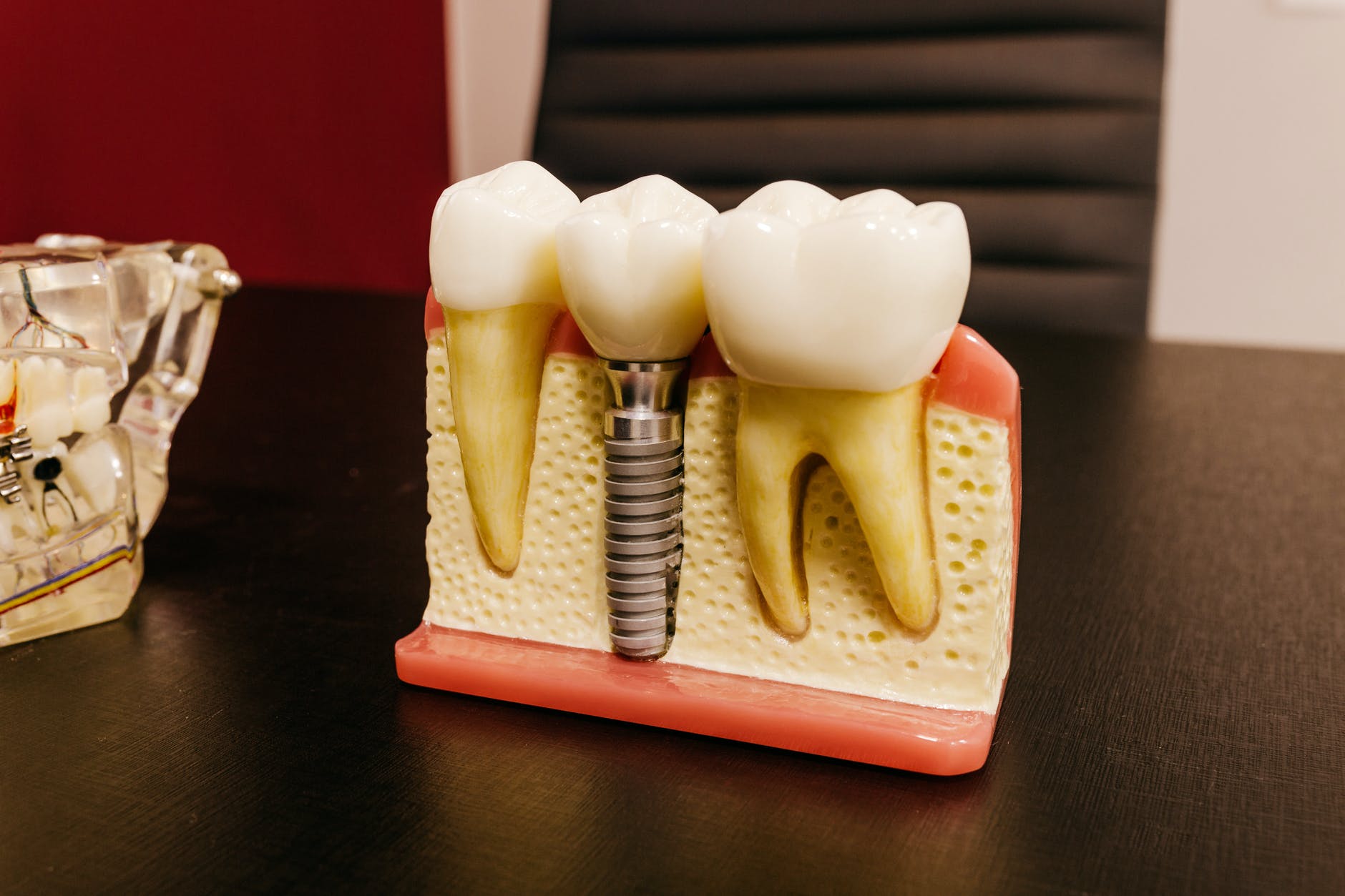











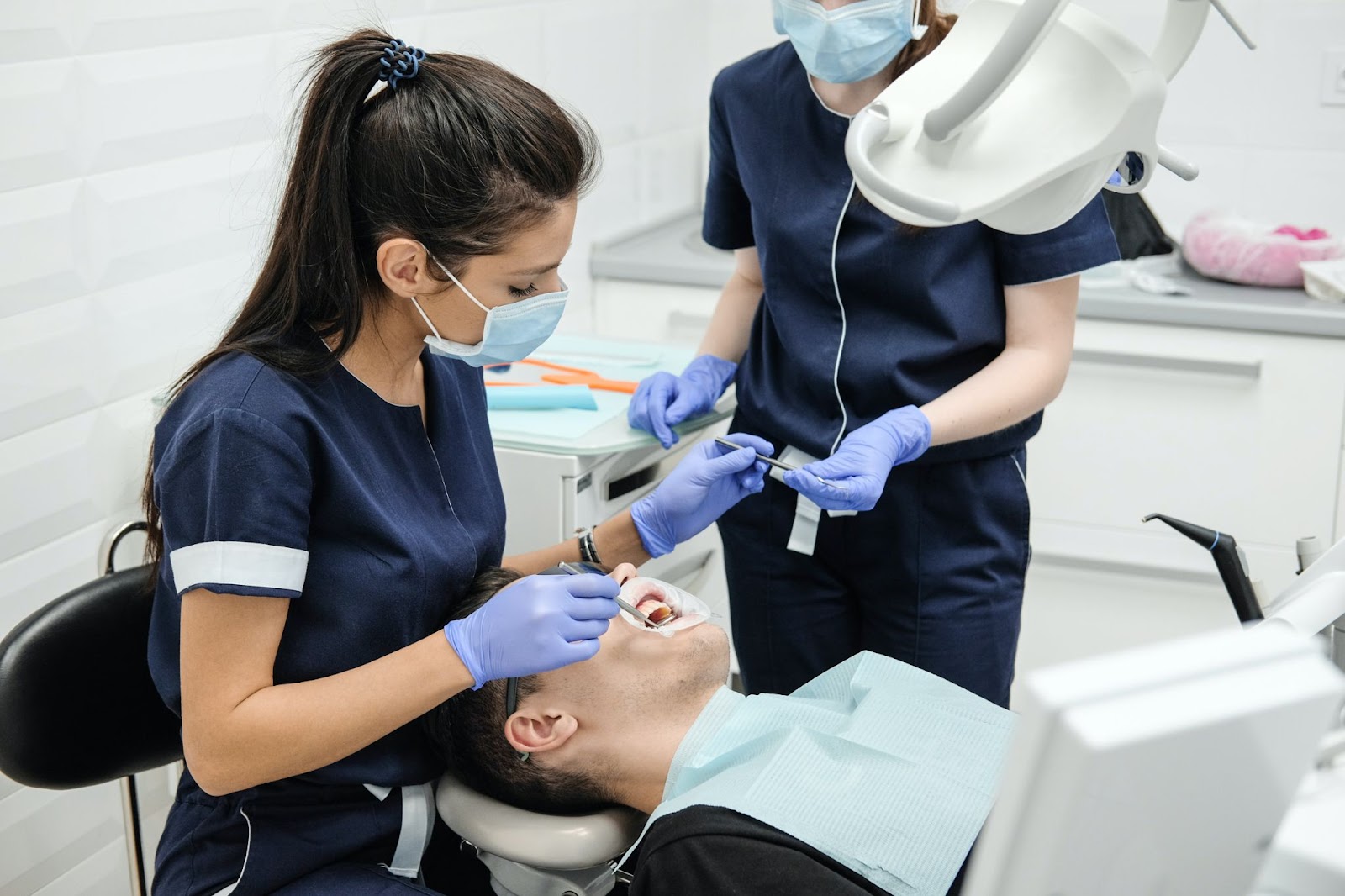



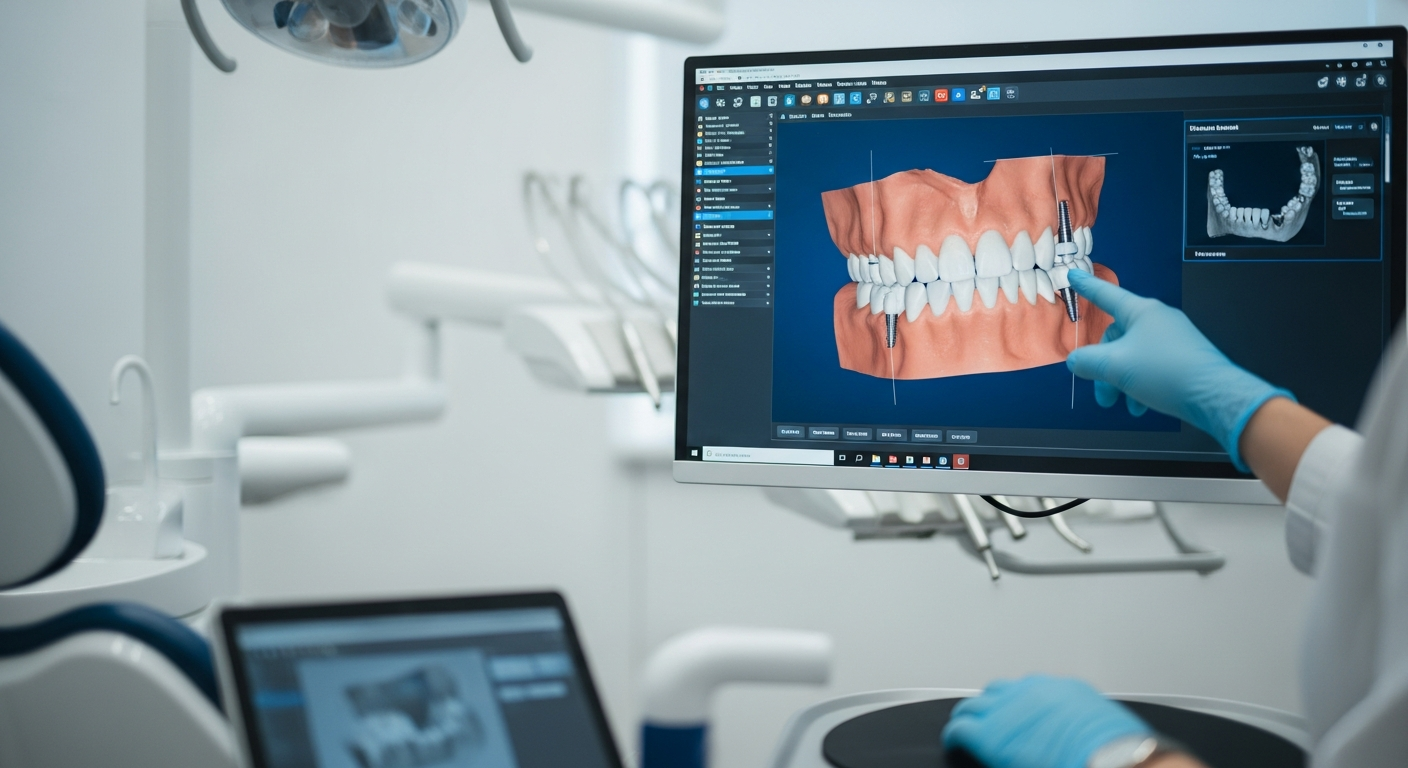
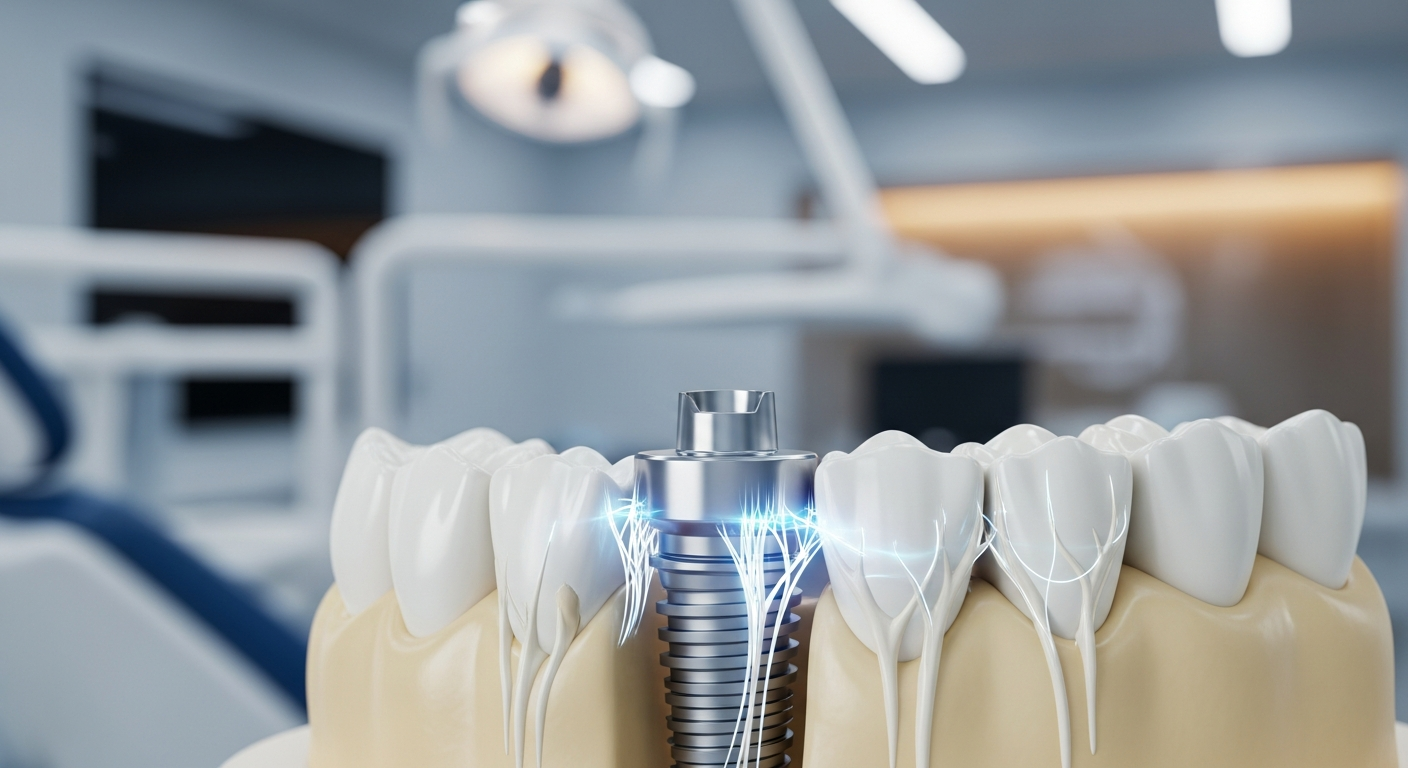










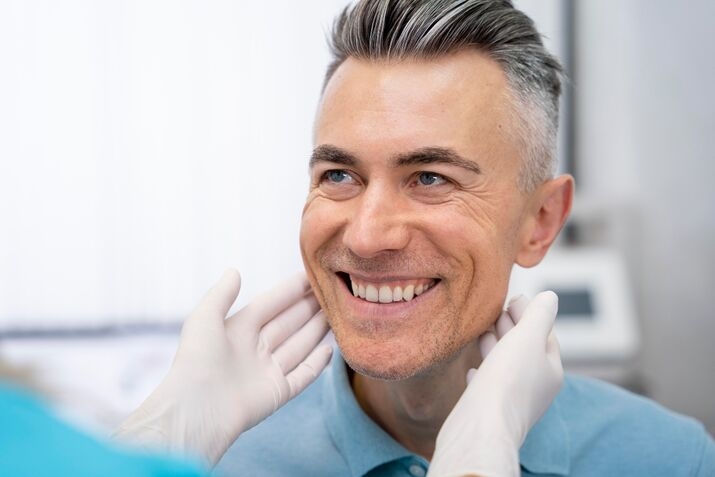
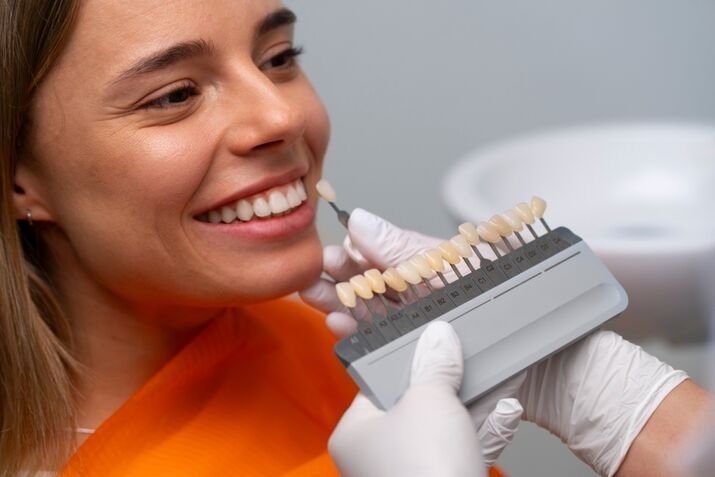


.jpg)


















.avif)

















.jpg)



























